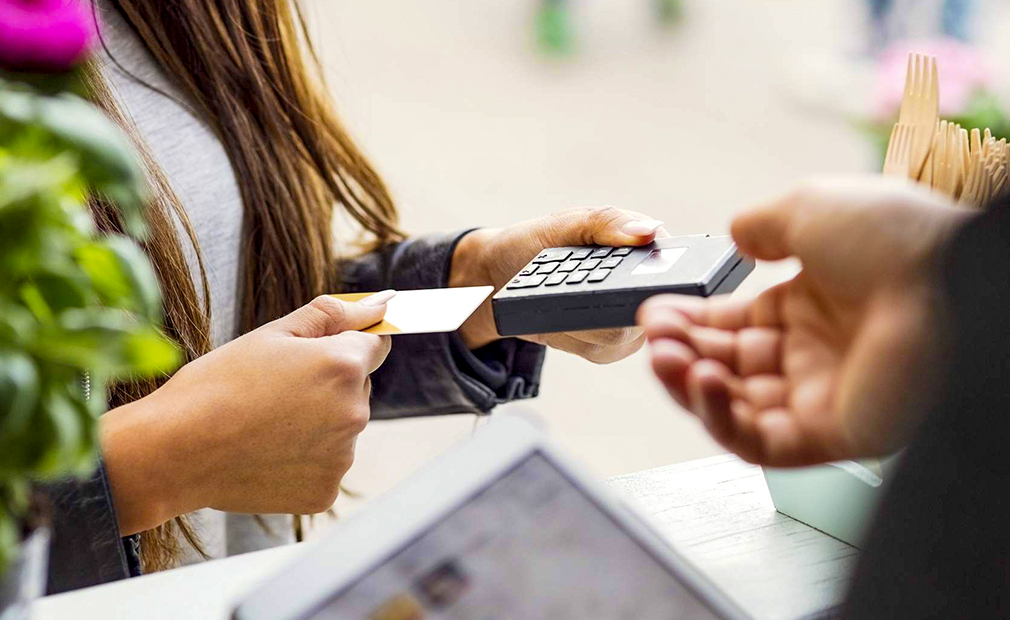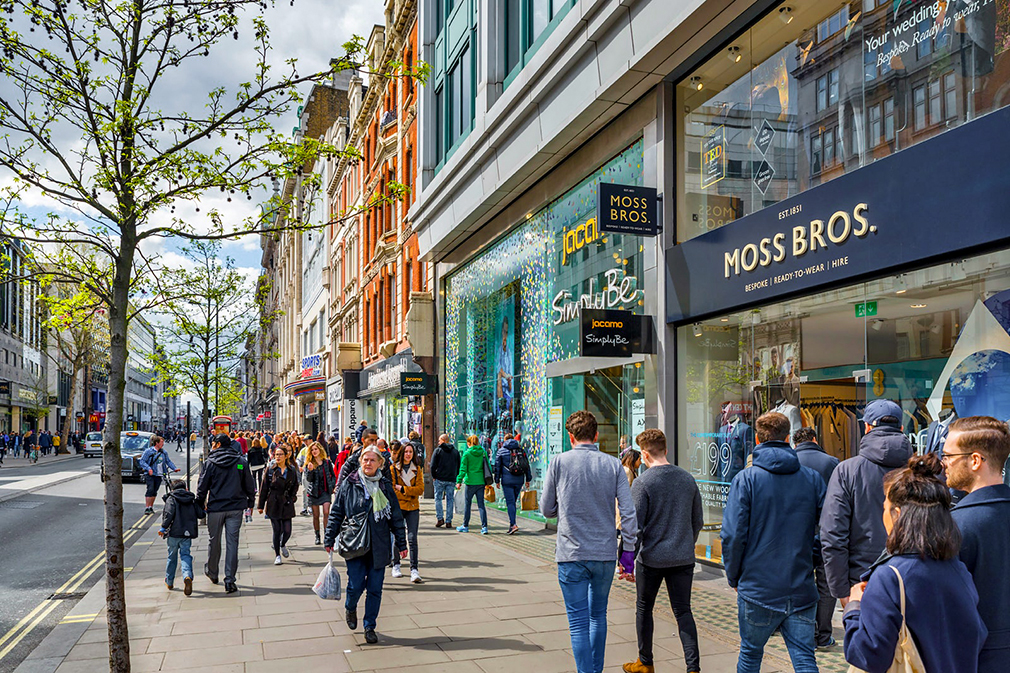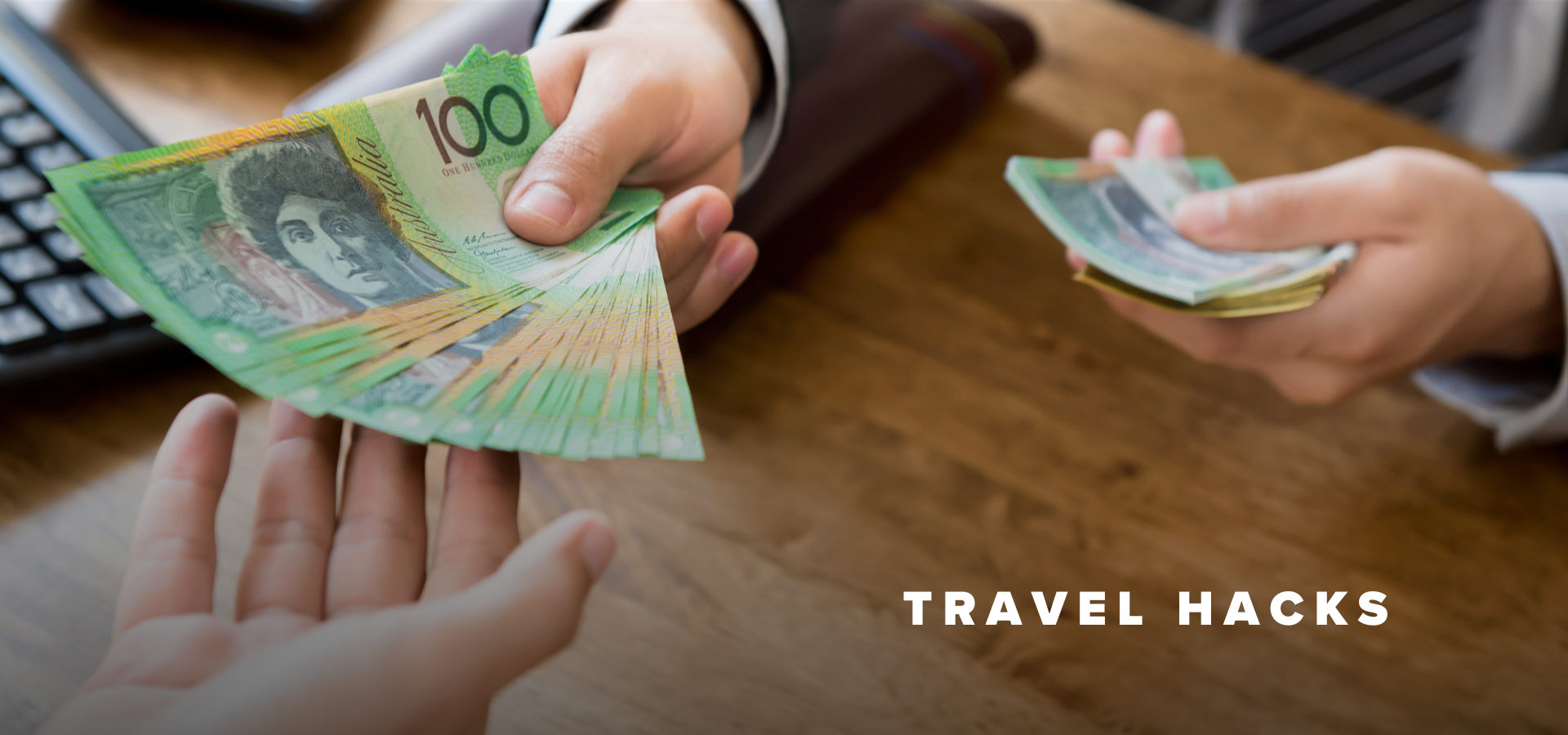The following sentence is going to confuse a lot of Millennials: Traveler’s checks are a thing of the past. If you don’t even know what traveler’s checks are? As you were. You’re already a step ahead in the currency exchange game. The rest of you fall into two categories: Those who have used them in the past and remember them fondly but haven’t seen them in years; and those who are still inclined to think of them as the go-to method of spending money abroad. Regardless of where you fall on the scale, they’re finished. And currency exchanges (bureau de change, casa de cambio etc)? In most circumstances, keep on walking as well.
These days, it couldn’t be easier to solve the currency exchange conundrum, though it remains shocking how few people know how to do it. Though we do need to preface the following with a caveat: These are general guidelines for most situations; if you travel somewhere with currency controls, black market exchanges, closed ATM networks and other currency oddities (Venezuela, Cuba and so on), your path to financial freedom while traveling will likely be different.

- If you only travel abroad once a decade, it might not be worth it, but for anyone who crosses oceans regularly, the first thing you’ll want to do is get your home banking in order. Open a checking account with no foreign transaction fees or ATM fees, such as the Schwab Bank High Yield Investor Checking® account.
- Likewise, sign up for credit cards that offer no foreign transaction fees as well (Capital One SavorOne Cash Rewards, Chase Sapphire Preferred® Card and Barclaycard Arrival Plus World Elite Mastercard are a few recommended examples).
- If you travel infrequently, call ahead to your bank and credit card companies and let them know where you are going and when to avoid potential hiccups along the way due to overzealous fraud protection methods.

- Once you land on foreign soil, the ATM is your new best friend. This is almost always the easiest and cheapest way to ensure you get the best exchange rate for your Benjamins, but there’s a trick (or two; read on). I have been to nearly 110 countries and I haven’t seen an airport without an ATM on arrival yet. It’s always my first stop.
- Always – read that in italics, all caps, bold – whatever it takes! – always decline the offered conversion given by an ATM. It will not void your transaction! Instead, it allows your bank to convert the money for you (as opposed to the ATM company) and will net you the mid-market rate at the moment of the transaction – a rate that will always be better than a currency exchange or any other method of exchange money.
- Speaking of ATM companies, avoid Euronet at all costs. Their machines are strategically placed in high-touristed areas and offer horrendous exchange rates and convoluted processes to go work around them. Calling it a scam is perhaps a step too far, but let’s just say they’re set up to take advantage of less savvy travelers. Always use a local bank’s ATM.
- Similarly, when using your debit card or credit cards abroad (the ones you signed up for without foreign transaction fees!), the point-of-sale (POS) terminal will often ask you to press 1 for USD or 2 for local currency. With the same stress used above regarding declining ATM conversion, always chose the local currency option. The reason is the same: Doing so nets you the mid-market exchange rate from your bank, not the more profit-driven rate offered by the company handling the transaction.

That’s it! And, at the time of writing, the Euro is at one of its lowest rates ever against the US dollar, making a trip across the Atlantic even more affordable than usual. We can’t help with the soaring airfares, however!









